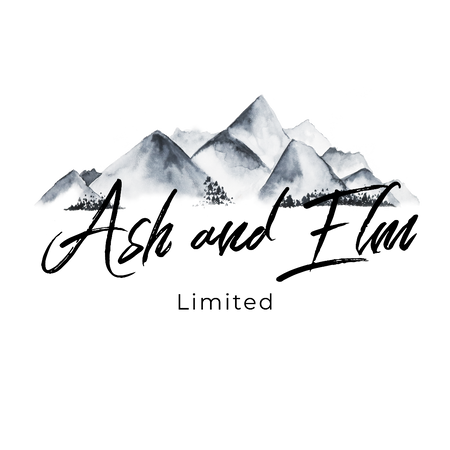
Get to know your Sewing Machine
Did you get a sewing machine under your tree this year?
One of the biggest steps to make in starting a new hobby is to.... well START! When first getting into sewing it can be overwhelming to see all the different options for machines out there.... Sewing, Embroidery, Overlock, Coverstitch, Lockstitch, Chain Stitch, Industrial, Longarm 🤯 It can all get overwhelming, and that's not even factoring in all the different types of fabrics and notions out there!!!
@mcumings Let’s be FRIENDS!! 💕💕 ##sew ##sewing ##sewingtiktok ##sewingforyoupage ##sewingblogger ##sewingmachine ##friends
♬ Original sound mattmellish - Jocelyn
That's why for the next few weeks we want to help everyone, whether you are just getting started or are a seasoned pro, learn more about some of the most common machines we use when making garments. Because there are so many different brands of machines out there and they each have different methods for threading etc we really recommend making sure you read through your manual before starting your relationship with your new machine.

Now that you've read through your manual and learned how to thread your machine and some of the basics I'm sure you are eager to start your first project. Before you do though I really recommend that you learn more about the different stitches your machine can do and which ones will be appropriate for what projects.


Basic Straight Stitch: A basic straight stitch is going to be your go to stitch for quilting and working with non-stretch fabrics. Most machines give a few different options for a straight stitch that allows you change the needle position to accomidate different seam allowances.


Stretch Stitch: Otherwise known as a Triple Straight Stitch, this is going to be your go to stitch when working with knits and fabrics that have stretch and need the thread to move with them without popping. Best for using on fabrics that are more heavy weight as you are puncturing the fabric 3 times in the same area which can cause holes on lighterweight fabrics.


Zigzag Stitch: If your machine doesn't have stretch stitches built into in have no fear you can still sew with knits and stretch fabric, you are just going to want to use a zigzag stitch to make sure your threads can move with the garments without popping.


Lightning Stitch: This stitch is very similar to a zigzag stitch, but it is more narrow and straighter so it prevents the pucker that you tend to see when using a zigzag stitch.
We will get more into different types of stitches and what they are good for later this year, but for now these are the main stitches you need to know what starting your sewing journey!
Next we need to talk about different sewing feet. You will need to use different feet based on the project and fabric you are working with. Your sewing machine should of come with a few different basic feet that we will discuss in this blog, but over your sewing journey you are sure to collect a ton more and we will get into those at a later date.

All Purpose Sewing Foot: This is the foot you will use most of the time, and the one that was already installed on your machine when you took it out of the box. This foot helps guide your fabric over the feed dogs. It will be the foot you use when constructing or hemming a project.

Buttonhole Foot: There are a couple of different kinds of buttonhole feet, automatic and manual. With an automatic buttonhole foot you simply place the button in the back of the foot select a buttonhole stitch and your machine will take care of the rest of the work. With a manual buttonhole foot you need to place precise marks of where your buttonhole needs to begin and end and then use your stitch to create the buttonhole, remembering to leave a small space between the two sides of stitching to cut for the actual buttonhole.

Button Foot: This is a handy little foot if you are wanting to attach your buttons by machine. Line the button holes up so that the space between holes is in the middle of the foot, there's usually an indicator mark to help guide you, select a button stitch, adjust the width of your stitch to match the width of the distance between the holes on your buttons, and then give it a couple of hand cranks to make sure it is accurate before letting your machine take over.

Zipper Foot: This foot is a life saver when it comes to adding zippers to a project. Attach it to your machine to allow your needle to get as close to the zipper edge as possible. If attaching a zipper is intimidating to you keep an eye out later for an awesome blog with some zipper tips and techniques to help you out! The biggest advice I have with zippers though is take your time.... go slow and pin as much as possible to help keep everything in place.
My last bit of advice when it comes to starting your sewing journey is to just have fun, be patient, and give yourself lots of grace! Sewing isn't something you are going to be perfect at.... EVER!! You will ALWAYS be learning new techniques, finding new projects, and experimenting with things you have perfected to see if you can make them better. EVERY project is an experience and you will learn more from your mistakes every single time. Just because a project didn't turn out the way you expected it to doesn't mean that it was a waste of fabric or time, just remember you can always repurpose mistakes into something new! 💕
xoxo- Melissa 😘

Jenna Hobbs
I love this! Thank you for typing this up for us!